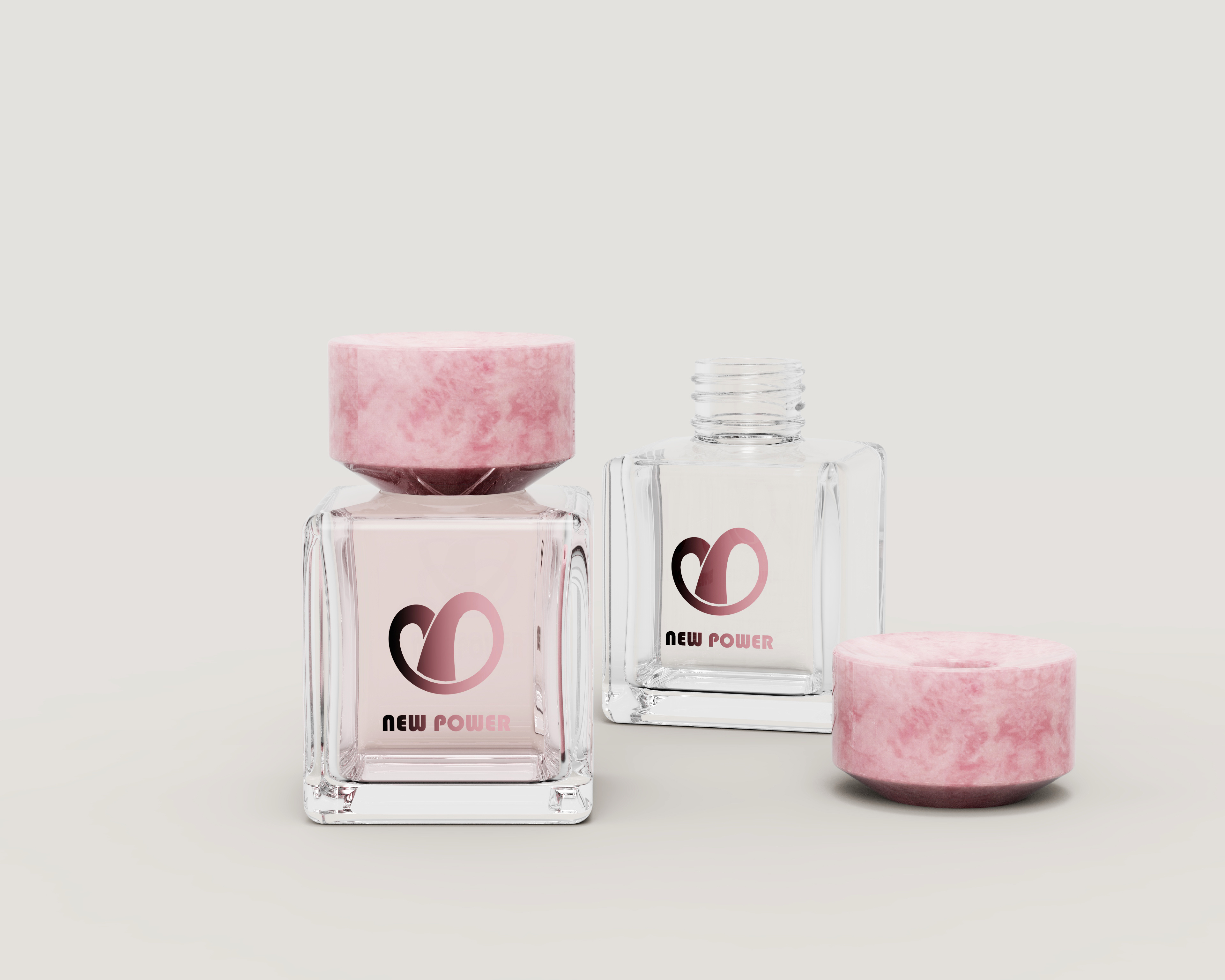Perfume Strength Selection
Time:
2025-06-25
Perfume Strength Selection
1. Perfume Concentration Grading: Decoding the Secrets Behind the Labels
The concentration of a perfume directly determines its character and expressiveness. According to the International Fragrance Association (IFRA) standards, perfumes are classified into five categories based on their fragrance concentration:
1. Parfum (Concentrated Fragrance)
o Concentration: 15%-30%
o Longevity: Over 8 hours
o Features: The most expensive fragrances, typically using natural extraction techniques. A single drop can linger all day, suitable for important dinners or users seeking ultimate luxury.
2. Eau de Parfum (EDP)
o Concentration: 10%-18%
o Longevity: 4-6 hours
o Features: The mainstream choice in the modern perfume market, balancing longevity and wearability.
3. Eau de Toilette (EDT)
o Concentration: 5%-12%
o Longevity: 2-4 hours
o Features: Higher alcohol content, lighter fragrance that spreads quickly, suitable for new professionals or everyday use.
4. Eau de Cologne (EDC)
o Concentration: 3%-8%
o Longevity: 1–2 hours
o Features: Originating from Cologne, Germany, this classic citrus-scented fragrance is ideal for quickly refreshing oneself after exercise.
5. Eau Fraiche (Fresh Water)
o Concentration: 1%–3%
o Longevity: <1 hour
o Features: This category includes aftershave and body sprays, suitable for those sensitive to strong scents.
________________________________________
II. Scenario-based selection: Let perfume be your invisible business card
(1) Workplace scenario
• Recommended concentration: EDT (5%-10%)
• Reason: Avoid strong scents that may disturb colleagues; recommend fresh woody notes (such as Hermès Terre d'Hermès EDT).
(2) Dating scenario
• Recommended concentration: EDP (12%-15%)
• Tip: Spray on areas with higher body temperature (collarbone, inner wrist) to allow the fragrance to release slowly with body heat.
(3) Seasonal Suitability
• Summer: Choose EDC or low-concentration EDT (citrus/aquatic notes)
• Winter: Prioritise EDP or Parfum (oriental/gourmand notes)
________________________________________
III. Advanced Purchasing Strategies
1. Golden Rules for Testing Perfumes
o Spray the perfume on a scent strip and wait 30 seconds to avoid alcohol interfering with the initial notes.
o When testing on skin, observe the base notes after 3 hours.
2. Concentration and Skin Type Relationship
Skin Type Suitable Concentration Reason Oily Skin EDT/EDP Sebum helps prolong fragrance longevity Dry Skin EDP/Parfum Higher concentration needed to maintain fragrance
3. Budget-Friendly Selection Recommendations
o When on a budget, opt for EDT versions of classic fragrances (e.g., Chanel No. 5 EDT).
o For premium perfumes, choose EDP or higher concentrations (e.g., Tom Ford Oud Wood EDP).
________________________________________
IV. Common Misconceptions Clarified
• Misconception 1: ‘Short-lasting fragrance = low-quality perfume’
Truth: Fragrance longevity is positively correlated with concentration, but citrus notes naturally evaporate quickly (e.g., Atelier Cologne Orange Blossom EDT).
• Misconception 2: ‘EDP is always better than EDT’
Truth: Dior J'adore series EDT and EDP use different fragrance formulas, representing two distinct styles.
1. Selecting Perfume Based on ‘Personal Traits’
1. Skin Type Matching Rule
o Oily Skin: Prioritise EDT concentration (higher alcohol content for a fresher feel), citrus or aquatic notes to balance oiliness
o Dry skin: Suitable for EDP or Parfum (higher concentration compensates for insufficient sebum), woody or oriental notes better suited to skin texture
Example: Dry skin chooses Tom Ford Ebony Agarwood EDP, oily skin chooses Atelier Cologne Orange Blossom EDT
2. Four-step scientific fragrance testing method (avoid 90% of pitfalls)
1. Initial screening with fragrance test strips
o Wait 30 seconds after spraying before smelling to avoid the pungent smell of alcohol evaporation.
2. Key points for skin testing
o Apply to pulse points (wrists/neck) and observe the base notes after 3 hours (base notes account for 70% of the fragrance's life cycle).
3. Olfactory Reset Technique
o Reset your sense of smell by smelling coffee beans or your own clothing; do not test more than three fragrances at a time.
4. 24-Hour Decision Method
o Record your initial impression and re-smell the next day to confirm long-term appeal.
III. Key Guidelines for Avoiding Pitfalls
1. Concentration Misconceptions
o ‘EDP is always better than EDT’? Dior J'adore EDT and EDP use different fragrance formulas and are actually two different styles.
2. Seasonal Pitfalls
o Be cautious about using aquatic notes in winter (they can feel cold and harsh) and avoid heavy oriental notes in summer (they can feel stuffy and cloying).
3. Fake Body Fragrance Technology
o Layering method: Start with EDP as a base (e.g., musk-based), then lightly apply EDT (e.g., lily of the valley scent) to extend the fragrance by 4 hours.
4. Online Shopping Tips
o Prioritise purchasing 5ml travel-sized samples for testing. For full-sized products, verify the batch number (the newer the first letter of the code on the bottle bottom, the better).





